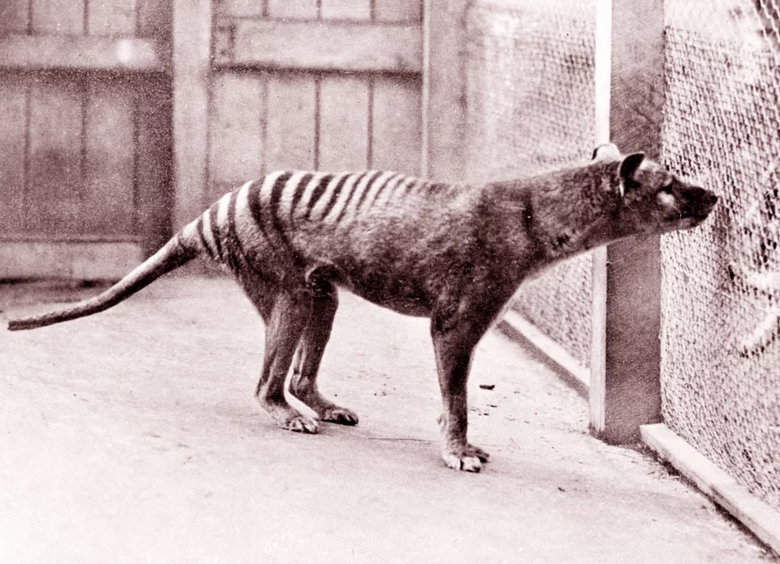
With modern technology bearing unlimited possibilities, de-extinction is a concept not far behind. A biotech company aims to go forth with it with plans of resurrecting Tasmanian Tigers.
The Extinction of Tasmanian Tigers
Tasmanian tigers are built similarly to a dog that humans drove to extinction. These animals came from the group of marsupials known as thylacines (Thylacinus cynocephalus), with a height of 6ft.
When European settlers saw them as a threat to their sheep and poultry, they went after them one by one. Reports from The National Museum of Australia show that a Tasmanian tiger's last documented appearance in the wilderness happened in 1930, just before a farmer slaughtered it.
The De-Extinction of Tasmanian Tigers
The 6-foot-long animals, however, may reemerge if a group of biotechnologists has their way. For that, Colossal Biosciences might do the job in collaboration with experts from the University of Melbourne. They intend to "de-extinct" Tasmanian Tigers using gene-editing technologies.
"Whatever you call it, this mythically beautiful carnivorous marsupial was a true masterpiece of biological advancement," Colossal Biosciences remarks, talking about the Thylacine project. They also stated that the narrative of its demise is a tragedy brought about by human intervention and aggressiveness.
This may seem like a scene from Jurassic Park, with extinct species being resurrected left and right. That's because the science underlying the de-extinction plan inspired the film, not the other way around. According to The Guardian, Colossal was co-founded by a Harvard researcher, who collected $75 million last year, including funds from the creator of the newest Jurassic Park film.
Interestingly, Colossal has previously expressed interest in resurrecting the woolly mammoth to 'reverse' the climate change experienced in the Arctic. Today, they are determined to give thylacine a second shot at life. But the billion-dollar question is; is it even possible?
To be clear, both men and females of the thylacine possessed abdominal pouches, which was unusual in the animal world. Australian experts have dubbed it "a dog with a pouch," but its DNA also has many similarities with the kangaroo.
To set this idea in motion, biosciences professor Andrew Pask emphasizes that thylacine also had a dearth of genetic variety. He stated in 2017 that today, the Tasmanian tiger population would be quite sensitive to illnesses and not be particularly healthy.
Pask is now a part of Colossal's new mission to revive the thylacine. When asked if his opinion on its practicality had altered, he responded through email to NPR.org that the proposal will use various DNA sources.
"We have now sequenced many thylacine specimens and hope to continue doing so in this new partnership with Colossal," Pask said in an email.
For the time being, the objective would be to bring back a significant number of extinct creatures, such as Tasmanian tigers. Then, assure healthy variety in the new population. While thylacine was thought to be in trouble in the wild, any new populations would be rigorously studied.
Related Article : Half Of Earth's Species Could Be Extinct By 2100: Biologists
This article is owned by Tech Times
Written by Thea Felicity
ⓒ 2025 TECHTIMES.com All rights reserved. Do not reproduce without permission.




